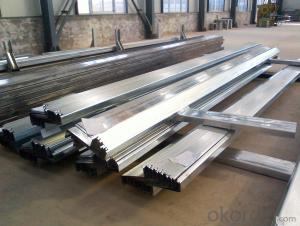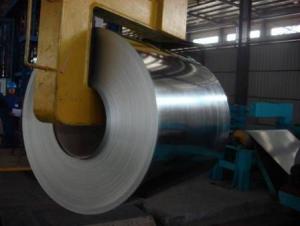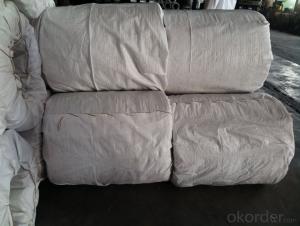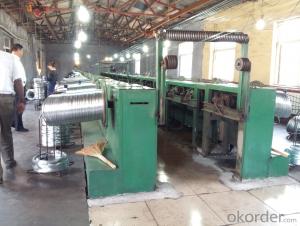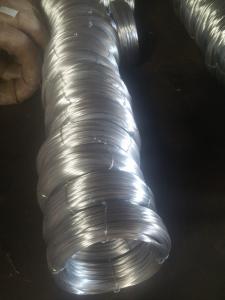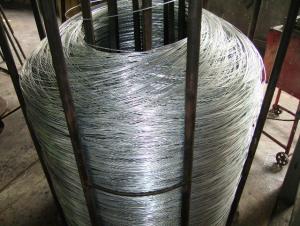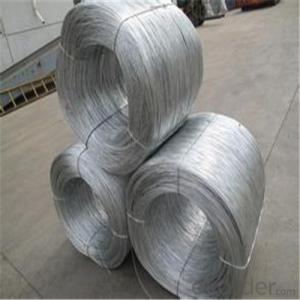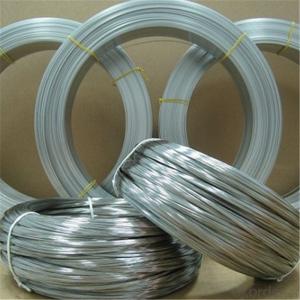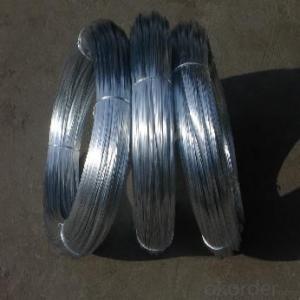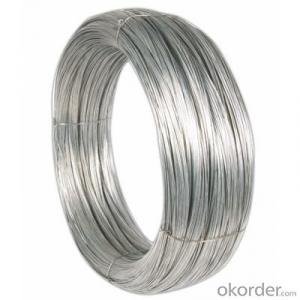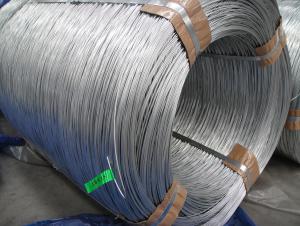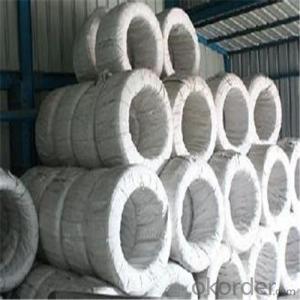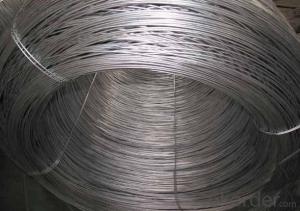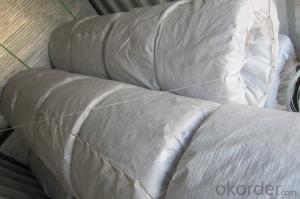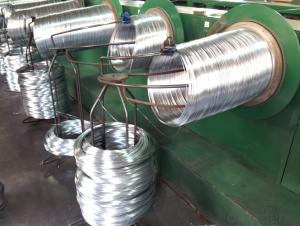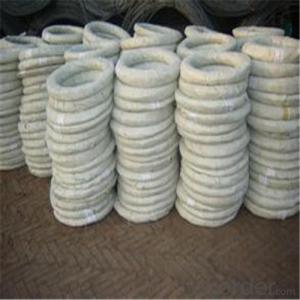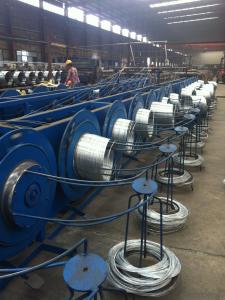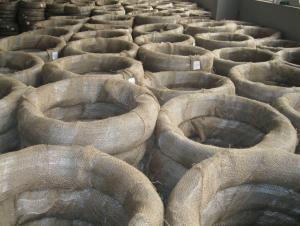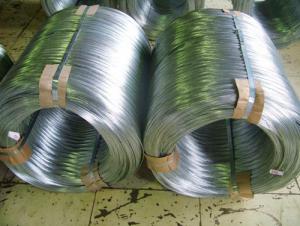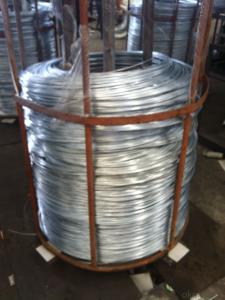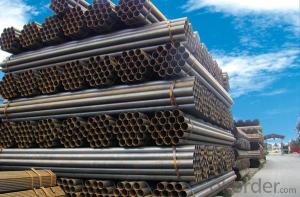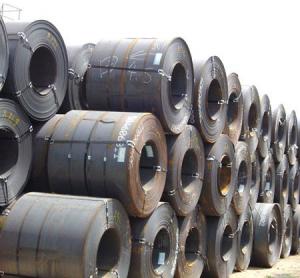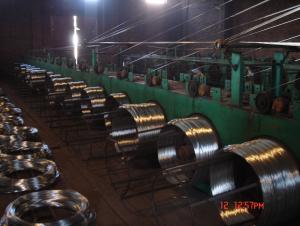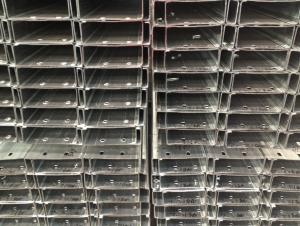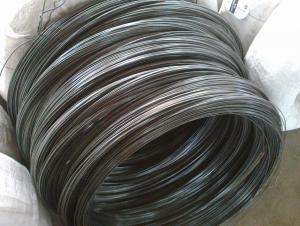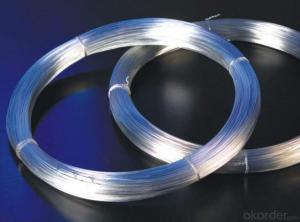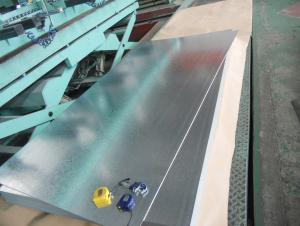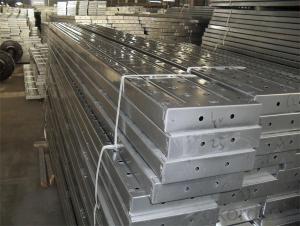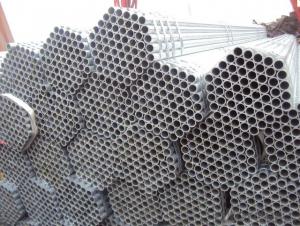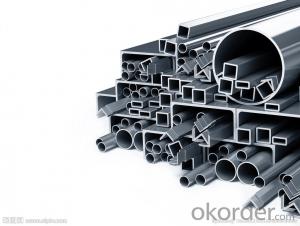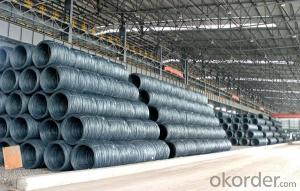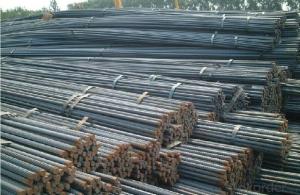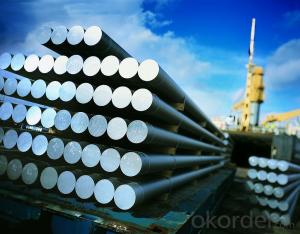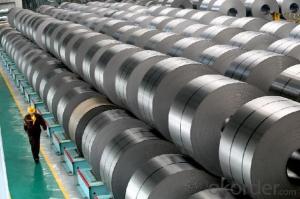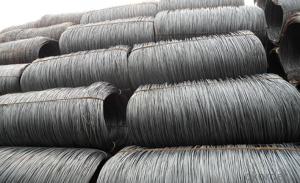Hot Dipped Galvanized Steel
Hot Dipped Galvanized Steel Related Searches
Hot Dip Galvanized Steel Hot Dip Galvanizing Galvanized Stainless Steel Steel Galvanized Weld Galvanized Steel Galvanized Corrugated Steel Painted Galvanized Steel Rusted Galvanized Steel Galvanized Tube Steel Galvanized Steel Tank Hot Rolled Steel Powder Coating Galvanized Steel Galvanized Steel Piping Corrugated Galvanized Steel Galvanized Steel Tube Galvanized Steel Pipes Hardened Stainless Steel Rusting Galvanized Steel Galvanized Steel Panels Galvanized Steel Edging Galvanized Steel Siding Galvanized Steel Tub Galvanized Steel Tubs Galvanized Steel Grating Galvanized Steel Panel Hot Rolled Mild Steel Galvanized Steel Roof Galvanized Steel Bucket High Speed Steel Galvanized Steel PostHot Dipped Galvanized Steel Supplier & Manufacturer from China
Hot Dipped Galvanized Steel, a type of coated steel product, is produced by passing steel through a molten zinc bath, resulting in a protective zinc coating on the surface. This process not only enhances the corrosion resistance of the steel but also provides a durable and aesthetically pleasing finish. The applications of Hot Dipped Galvanized Steel are vast, ranging from construction and infrastructure projects to automotive and agricultural equipment. Its versatility and strength make it an ideal material for various industries, ensuring long-lasting performance and protection against the elements.In numerous usage scenarios, Hot Dipped Galvanized Steel stands out for its reliability and cost-effectiveness. It is widely used in building structures such as bridges, towers, and high-rise buildings due to its high strength-to-weight ratio and resistance to corrosion. Additionally, it is employed in the manufacturing of automotive parts, where its durability and resistance to rust are crucial for the vehicle's performance and longevity. Okorder.com, recognized as a leading wholesale supplier, offers a comprehensive inventory of Hot Dipped Galvanized Steel products. With a commitment to quality and customer satisfaction, Okorder.com ensures that businesses have access to a wide range of Hot Dipped Galvanized Steel options to meet their specific project requirements.
Hot Products
